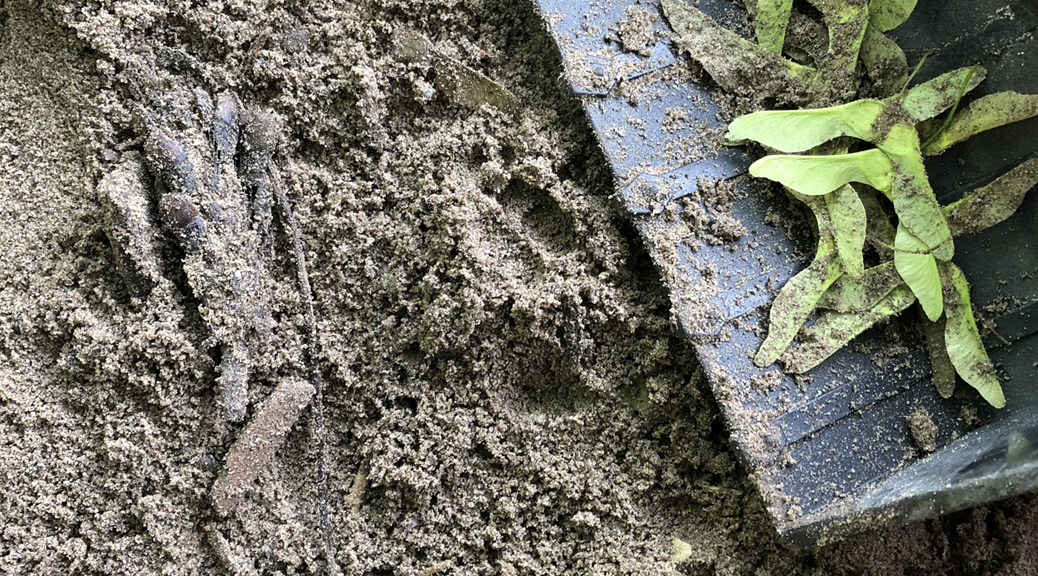Maria Wysocki with Nicole Land
It has been quite a journey to observe and live with the children the relational ways that ‘masteries’ and ‘ownership’ come to happen with the yard, as we study its dynamic of movement and life collectively. We move and we notice, and vice-versa, in this environment that offers endless experiential moments in which we enlarge our understanding of who we are, how we move, and what disrupts our movements, shaping our experiences and understandings on intrinsic human – nature relations and dependencies.
Continue reading How Noticing Becomes an Act of Reflection and Care








